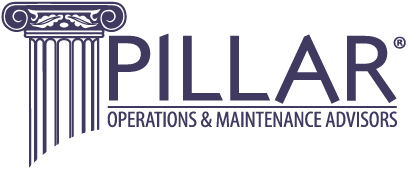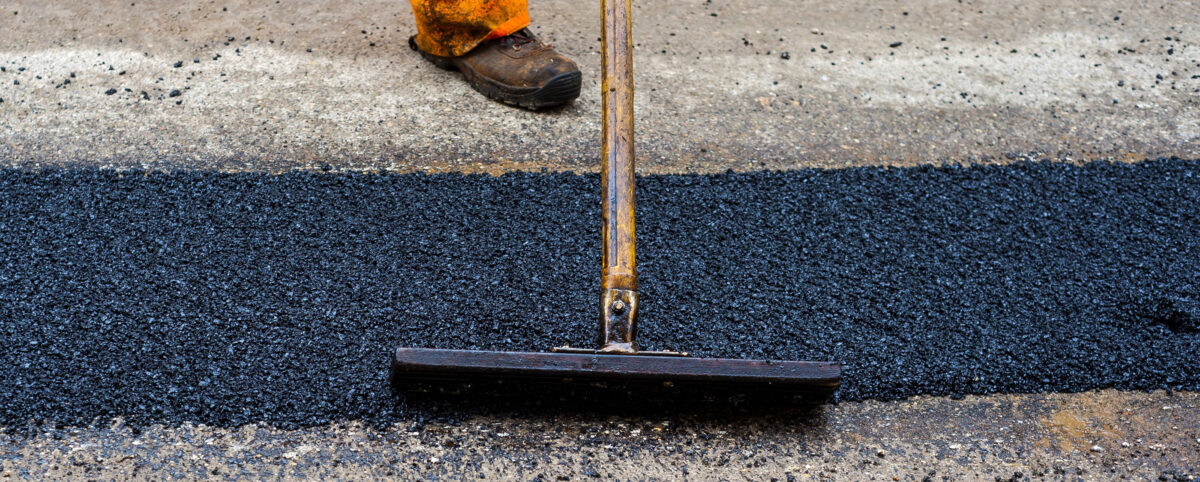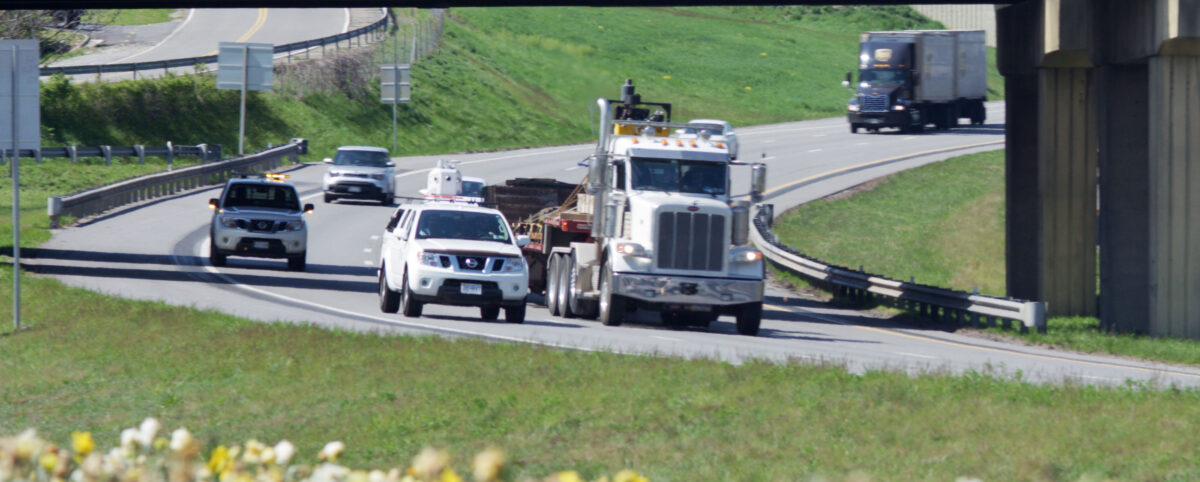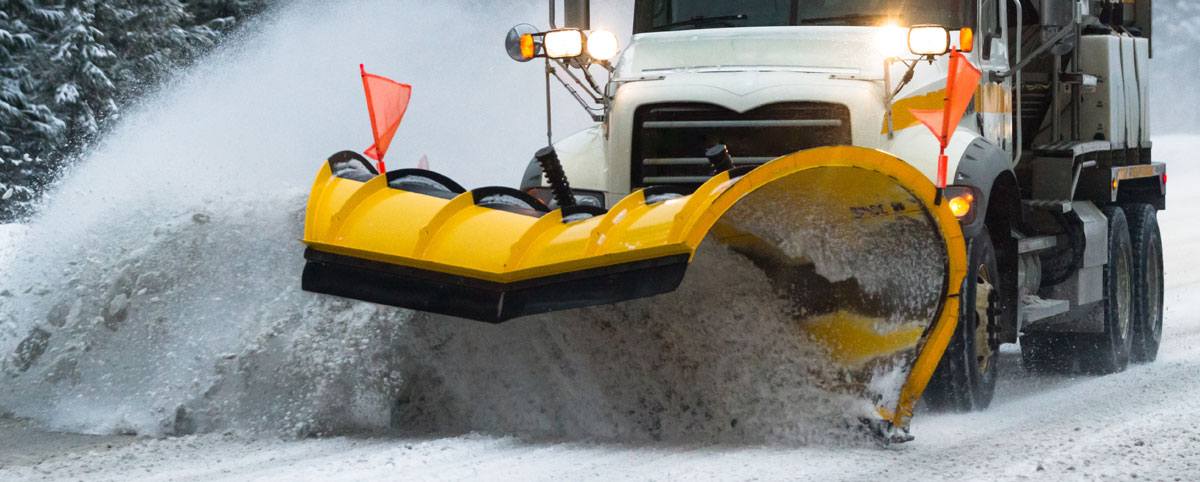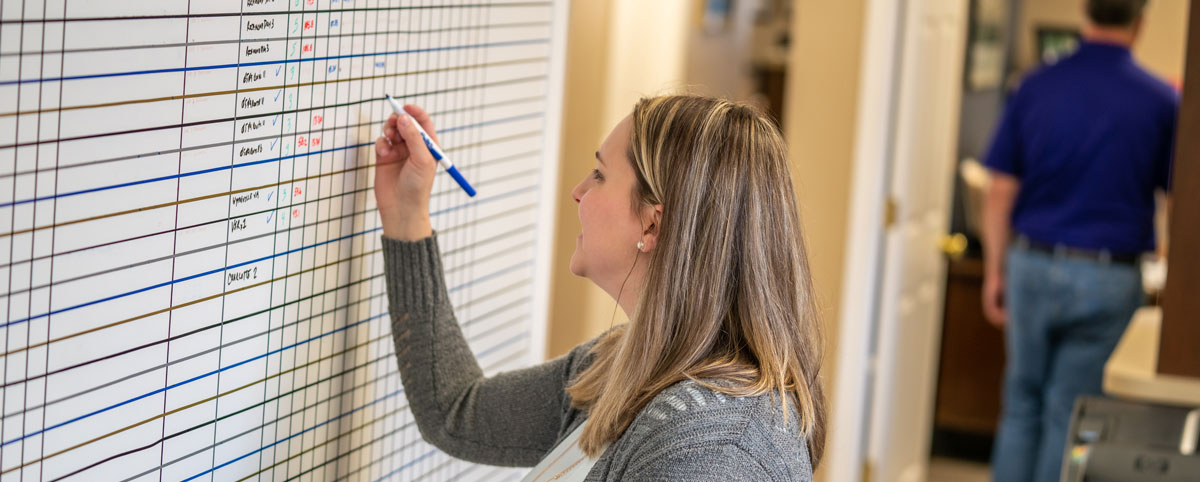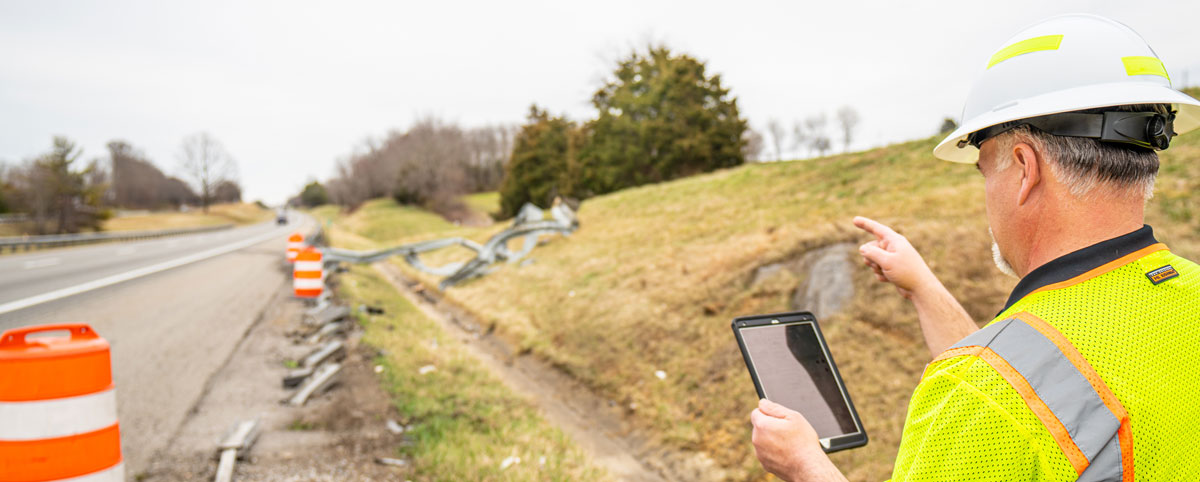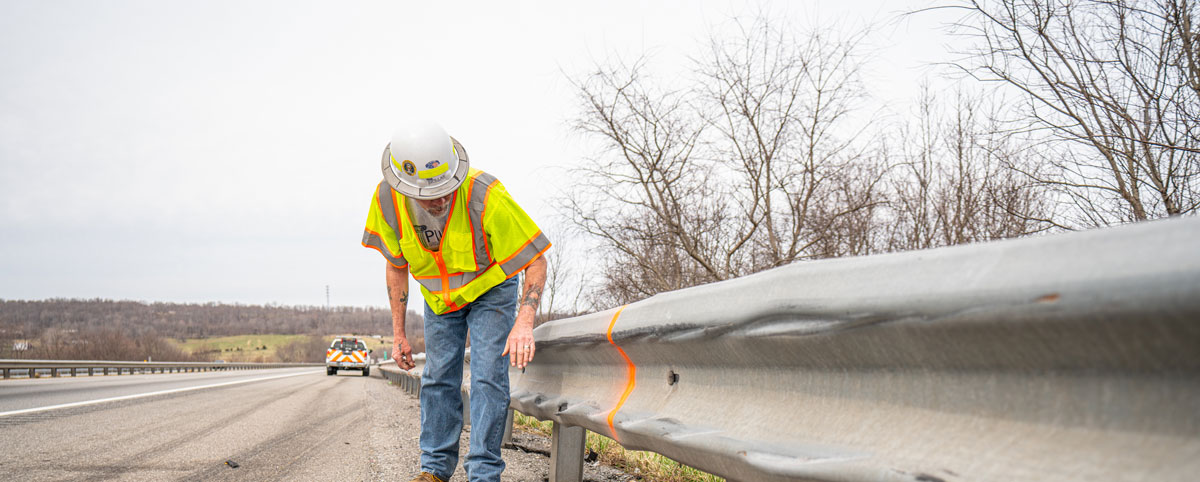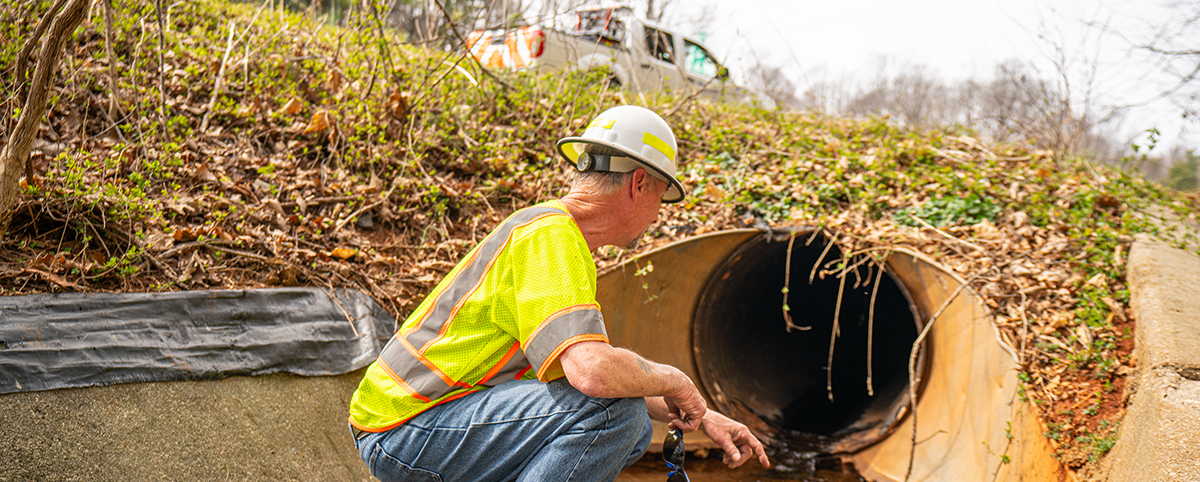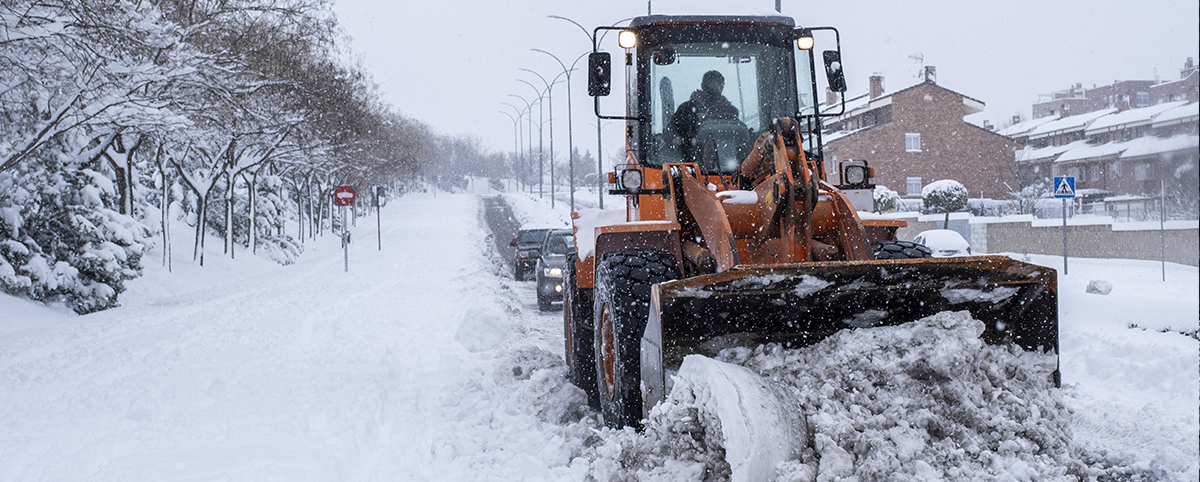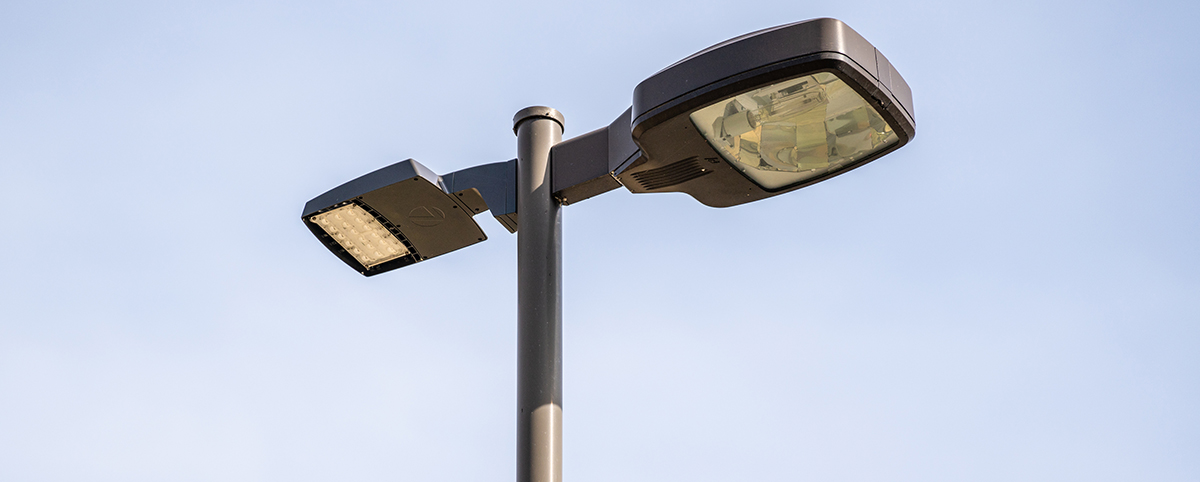Pillar, Inc. offers consulting services to Public Private Partnerships, specifically regarding the many different Operations and Maintenance services these specialized procurements include.
In order to better educate our partners, as part of our Continuous Improvement philosophy, Pillar periodically provides these informational O&M fact sheets to interested parties.
NOW is the season to order your stockpiles of salt, abrasives, and pre-treatment liquids. Actually, this order should have been placed back in July, but we’ll bring you up to speed just the same.
Asset Managers are tasked with taking care of infrastructure, such as roadways and related facilities. This includes budget, cash flow, finance, credit, etc. Basically, here is some advice from our school of experience to help you manage cash flow with a minimum of pain and a few easy to execute tips.
Salt. A simple chemical and relatively inexpensive, but in the quantities we use it, with prices from $75-$125 per ton, we need to manage our stockpiles carefully. Industry standards call for having at least 100% of your “worst case” winter inventory on hand before the season starts. While this is a good rule of thumb, it can be costly both in inventory holding costs as well as capital outlays to build a larger than necessary containment facility.
Consider the following operational tips:
If your project is located within a reasonable distance (1-2 hours) of the shipping point, consider ordering less salt at the beginning of the season and being very proactive in re-ordering salt. In order to do this, you must do it with forethought, not a guess.
Place a resupply order a day before the next event happens. You can estimate the salt you will use during the event and simply order that amount before it snows. Your project will be first in line to receive salt after the storm while other projects are ordering after the event and waiting longer.
If your project is too small to demand “first priority” delivery, negotiate this into your purchase agreements; it may cost more per ton but save you the corresponding outlay for facility and holding costs.
Delays in shipment are usually due to lack of trucking availability, especially at the rate negotiated by the salt supplier with their independent carriers. Consider an FOB price to provide flexibility and redundancy: You go pick up the salt with your own truck fleet rather than wait for non-guaranteed resupply by the vendor’s trucks.
Consider keeping the doors of your facility open at offhours or weekends. Many DOT’s will only receive salt between normal operating hours of 8am-4:30pm Monday-Friday, thus creating a bottleneck in the supply lines. If you tell the shipper “we’ll accept your salt 24-7” you’ll probably get it quicker.
The extra few dollars in staff overtime is minor compared to the cost of not having the salt.
At some point the shipper’s dispatch personnel will call you to confirm shipment. Have your on-call staff save this number into their phone. It is likely this trucking company will be your exclusive supplier. You can get more up-to-date delivery information from the shipper than going through your supplier, who is only going to contact the shipper and email you back. Short circuit the runaround.
Use less salt. This seems elementary, but you would be surprised at how much salt can be wasted by ineffective salting strategies or uncalibrated or out-of-adjustment equipment.
- Salt at the right time.
- Re-calibrate your equipment if usage seems excessive.
- Use a well thought out and sufficiently detailed pre-treatment plan to minimize the usage of salt.
- These are all standard procedures, probably already written into your O&M Plan, but is it really happening on the project?
What is the “right” time to apply salt? There are now rugged and accurate sensors available to measure the slickness of pavement in real time.
Instead of guessing when to put down salt, you can now accurately and remotely measure pavement friction and apply salt if needed, not when it “feels right”. Keep an eye on the temperatures. Salting at 9am at 31 degrees on a slushy road is not cost effective if the forecast is for sunny skies and a high temperature of 40 degrees.
“If we have it, let’s use it.” This mentality is a problem with oversized inventories of any material. It’s just human nature. If your client gave you their existing facility, remember that facility may have been sized to service more road network than you now have. Resist the urge to fill it up.
What is your real “worst case” winter scenario? Re-examine the assumptions used to calculate your annual usage. Is it a case of “that’s how we have always done it”? How much salt is left every year to sit all summer long? If it’s more than 1/3rd of your annual usage, you are probably buying too much. That’s a lot of money sitting there in a pile all summer.
While these ideas may sound counterintuitive to some readers, remember that we are managing the road, our crews and our materials and should be looking for efficiencies and improvements wherever they may exist. Because a lot of money goes into snow & ice control, it’s a good place to look for improvements. If you are satisfied with your current results and expenditures, then keep doing it. Our Asset Management philosophy at Pillar tells us to keep looking for improvements. We think there are methods and techniques to reduce or delay capital expenditures without affecting performance.
Pillar, Inc.’s staff has been involved with highway maintenance and incident response on many different projects with 40+ years of combined experience. We can help write an O&M plan including Snow and Ice
Control procedures for your next project. Please do not hesitate to contact us!
Dan Dennis, PE | Senior Project Manager / P3
Dan@Pillarens.com
8042401179
PILLAR, Inc.
To download a PDF version of PillarTalk 2015 please click here.

